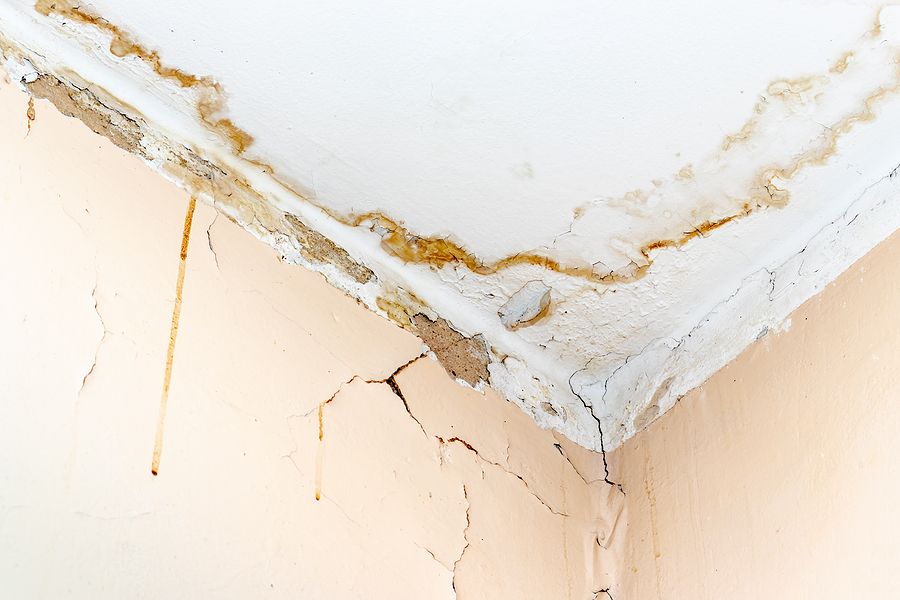Explaining the Six Most Common Causes of Home Water Leaks
Explaining the Six Most Common Causes of Home Water Leaks
Blog Article
What are your beliefs about How Fast Water Damage Can Ruin Your Home?

Leakages not only cause waste of water yet can also cause unnecessary damage to your home and also advertise undesirable organic growth. Regrettably, water leakages may go unnoticed since most of the pipework in our home is concealed. By understanding and looking for daily circumstances that cause leaks, you can safeguard your home from future leaks and unneeded damages. Today, we will look at 6 leakage triggers that might be causing your pipelines to leak.
Trespassing roots
Most water leakages begin outside the residence instead than inside it. You might observe wet patches or sinkholes in your lawn, as well as that might mean that tree roots are getting into water lines creating water to seep out.
Corroded water supply
As time passes by, your plumbing system ages as well as deterioration such as corrosion may start gnawing the pipelines. This might be the root cause of staining or warping on your water pipes. This requires an evaluation with your plumber quickly. If our plumbing system is old, think about replacing the pipes since they are at a greater risk of rust than the more recent designs.
Defective Pipe Joints
The point at which your pipes connect is frequently the weakest web link in the waterline. Pipe joints can deteriorate gradually, causing water leakages. The bulk of pipe joints are not quickly noticeable. If you have noisy pipes that make ticking or banging sounds, especially when the warm water is switched on, your pipeline joints are possibly under a great deal of pressure. It is advisable to have your plumber inspect your system yearly.
Immediate temperature adjustments.
Severe temperature level adjustments in our pipelines can trigger them to increase and also acquire suddenly. This development and also contraction might cause splits in the pipes, especially if the temperature level are listed below cold.
Poor Water Connectors
At times, a leakage can be caused by loose hoses and also pipes that provide your devices. In case of a water connections leakage, you may observe water running directly from the supply line or puddles around your appliances.
Blocked Drains
Blocked drains pipes might be annoying and inconveniencing, yet they can often wind up creating an overflow leading to burst pipelines. Keep eliminating any type of products that might drop your drains that could block them to prevent such hassles.
All the above are causes of leakages but not all water leaks arise from plumbing leaks; some leakages could originate from roof leakages. All leaks must be fixed immediately to avoid water damage.
Leakages not just create waste of water yet can also create unnecessary damages to your home and also promote unwanted organic development. By recognizing and looking for daily circumstances that cause leaks, you can shield your house from future leakages as well as unneeded damage. Today, we will look at six leak creates that may be causing your pipes to drip.
At times, a leak can be triggered by loosened hoses and also pipelines that provide your appliances. In case of a water connections leak, you may observe water running straight from the supply line or puddles around your home appliances.
How To Check For Water Leak In Your Home
How To Check for Leaks
The average household's leaks can account for nearly 10,000 gallons of water wasted every year and ten percent of homes have leaks that waste 90 gallons or more per day. Common types of leaks found in the home are worn toilet flappers, dripping faucets, and other leaking valves. These types of leaks are often easy to fix, requiring only a few tools and hardware that can pay for themselves in water savings. Fixing easily corrected household water leaks can save homeowners about 10 percent on their water bills.
To check for leaks in your home, you first need to determine whether you're wasting water and then identify the source of the leak. Here are some tips for finding leaks:
Take a look at your water usage during a colder month, such as January or February. If a family of four exceeds 12,000 gallons per month, there are serious leaks.
Check your water meter before and after a two-hour period when no water is being used. If the meter changes at all, you probably have a leak.
Identify toilet leaks by placing a drop of food coloring in the toilet tank. If any color shows up in the bowl after 10 minutes, you have a leak. (Be sure to flush immediately after the experiment to avoid staining the tank.)
Examine faucet gaskets and pipe fittings for any water on the outside of the pipe to check for surface leaks.
Undetected water leaks can happen without the home or business owner even realizing. If you suspect a water leak, but not able to find the source. It is time to contact a professional water leak detection service, The Leak Doctor.
How To Find a Water Leak In Your Home
https://www.leakdoctor.com/blog/How-To-Check-For-Water-Leak-In-Your-Home_AE197.html

I was guided to that article on How Fast Water Damage Can Ruin Your Home from someone on a different web blog. For those who liked our blog entry please remember to pass it around. Many thanks for your time spent reading it.
Call Today Report this page